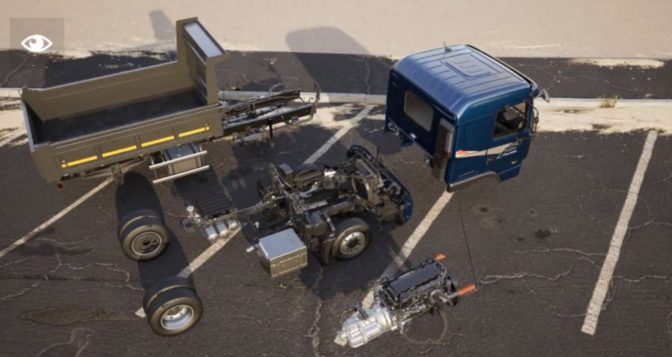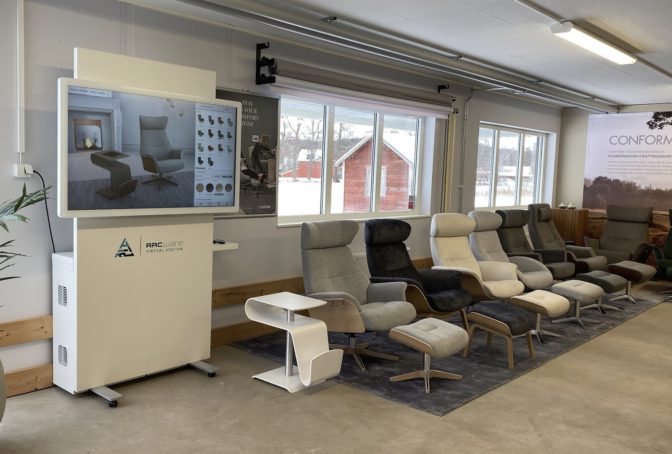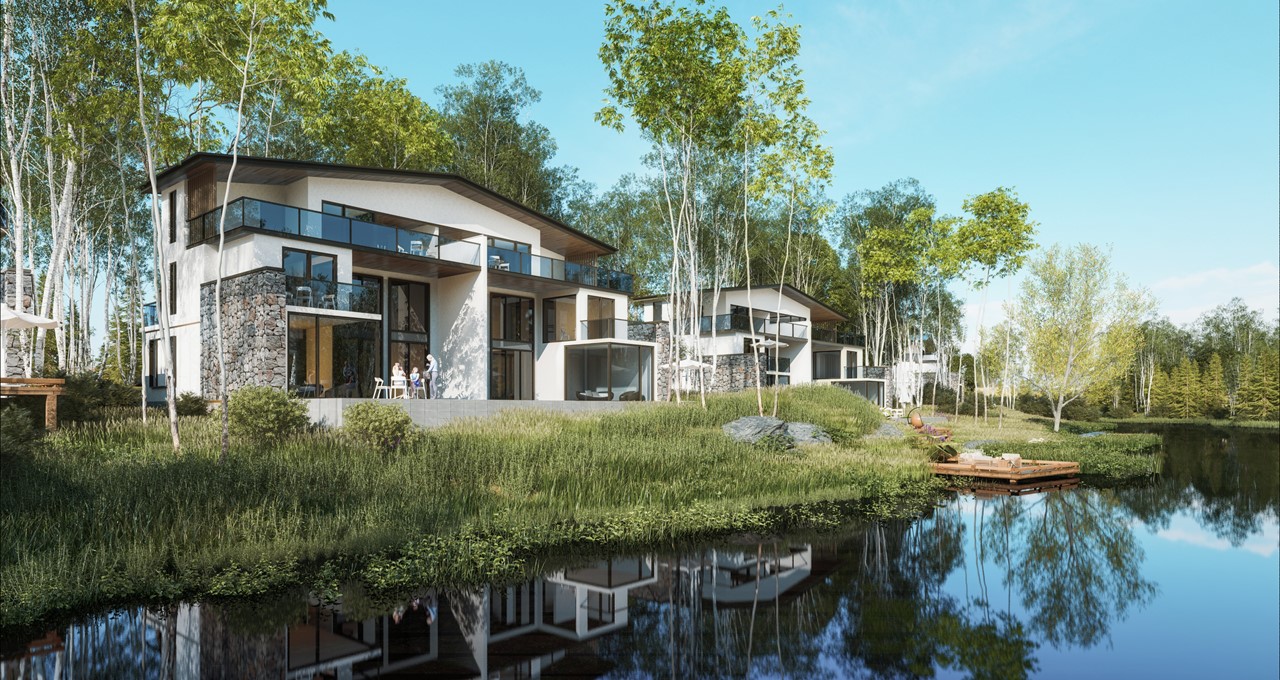AI is taking visual fidelity in computer graphics to a new level, and spearheading this revolution is NVIDIA Deep Learning Super Sampling technology.
DLSS uses AI to turn lower resolution rendered images into higher resolution ones. It gives users the performance of rendering at lower resolution while maintaining the visual quality of higher resolution.
NVIDIA RTX GPUs feature dedicated AI processors, called Tensor Cores, that enable DLSS to run on rendered images in real time.
The gaming industry quickly adopted DLSS with titles such as Minecraft RTX, Fortnite and Cyberpunk 2077 seeing up to 2x frame-rate boosts from the technology.
Now, the content creation industry is deploying this technology to enhance all kinds of workflows, including virtual production, architectural visualization, animated films, product design, simulations and data generation.
Leading creative developers such as 51 World, Goodbye Kansas Studios, Hyundai Motors, Lucasfilm’s Industrial Light & Magic, Orca Studios and Surreal Film Productions are taking advantage of DLSS to boost performance and realize their creative visions.
Taking Virtual Productions to the Next Level
Film, TV and YouTube projects are increasingly using virtual production techniques as studios and artists are under immense pressure to iterate as quickly as possible and keep the cameras rolling.
By adding DLSS to the virtual production pipeline of HYPERBOWL, NSYNK has seen big increases in render performance, nearly doubling frame rates even with real-time ray-tracing effects, a previously impossible combination. DLSS also provided a cleaner and more stable image compared to even full-resolution anti-aliasing techniques.
“DLSS is game-changing, as it improves render results while lowering performance cost. It has become an integral part of our render pipeline,” said Dennis Boleslawski, head of virtual production at HYPERBOWL.
Courtesy of Parasol Island GmbH and HYPERBOWL.
At Orca Studios, DLSS has also become an essential part of the real-time rendering setup for virtual production. With the high resolution of their LED walls and the ray-tracing-based renders needed for realistic lighting, DLSS is Orca Studios’ go-to render configuration.
“DLSS is a really powerful way in which we’re bringing the more demanding Unreal Engine renders to a high enough performance/noise ratio needed for live virtual production,” said Adrian Pueyo, virtual production supervisor at Orca Studios.
Courtesy of Orca Studios.
Bringing Architectural Visualizations to Life
With DLSS and RTX-accelerated ray tracing, architects can showcase designs in full fidelity before construction even begins, reducing the stress and uncertainty that formerly surrounded projects.
DLSS has allowed Away Digital Home to increase their frame rates by up to 50 percent and elevate the visual fidelity of their interactive walkthroughs by using full ray tracing for their Porter Davis homes. This dramatically speeds up their workflow by eliminating the time consumed by light baking.
“DLSS enables higher quality and faster frame rates to create an unprecedented visual experience for homebuyers with almost no extra development time at our end,” said Paul Hellawell, project lead at Away Digital Home.

D5 Render was the first application focused on architectural visualization to integrate DLSS. With this free toolkit, architects and designers can easily import and modify their models, create light studies using ray tracing, and render high-quality images or video flythroughs of scenes accelerated by NVIDIA RTX and DLSS.
“DLSS fundamentally enhances the performance of D5 Render’s ray-traced features, doubling the frame rates in the real-time interactive mode while expediting the final render exporting speeds by 100 percent,” said Zeping Niu, founder of D5 Render. “It allows architects to handle large building models smoothly so they can design efficiently.”

Bringing Product Design to Life
Car design is a complex and lengthy process, one that needs to take into account every little detail. Hyundai tested DLSS in their simulator running on an NVIDIA RTX 6000 GPU and found a sizable performance increase without any visible quality deterioration. Incorporating DLSS into their product development process will allow the vehicle maker to make more informed decisions and save valuable resources in the long run.
“Our car configurator and driving simulator uses real-time ray tracing and DLSS,” said HongYong Kim, senior research engineer in the virtual vehicle verification team at Hyundai Motors. “DLSS allowed us to pixel stream our application at a steady 60 frames per second while maintaining quality, which is a 50 percent boost in performance.”

ARCWARE built a 3D configurator called ArcStation for Conform, a Swedish furniture brand specializing in a line of chairs that are highly configurable with hundreds of different fabrics, leathers and wood. By implementing DLSS, ArcStation users can see ray-traced reflections on a 4K screen at 60 frames per second, and ARCWARE no longer needs to cut back on the visual fidelity and output resolution.
“NVIDIA’s game-changing DLSS technology enables high-fidelity 3D non-gaming experiences. These range from POS and digital signage solutions, to the ability to stream previously impossible 3D experiences to customers over the web,” said Manolis Emmanouilidis, chief technical artist at ARCWARE. “DLSS enables ARCWARE to deliver stunning 3D experiences to our customers. It is most exciting, enabling a visual quality that was once thought as impossible.”

These are just a few examples of how the rapid adoption of DLSS across industries is revolutionizing content creation. See what other adopters are saying here.
For app developers, DLSS is now available in mainline Unreal Engine as a plugin, compatible with UE 4.26 on the Unreal Engine Marketplace. To access the full DLSS SDK for custom engine integrations, visit the NVIDIA DLSS developer page.
DLSS is accelerated by a broad range of NVIDIA products, from professional design and visualization solutions for enterprises to Studio PCs and laptops for creators.
